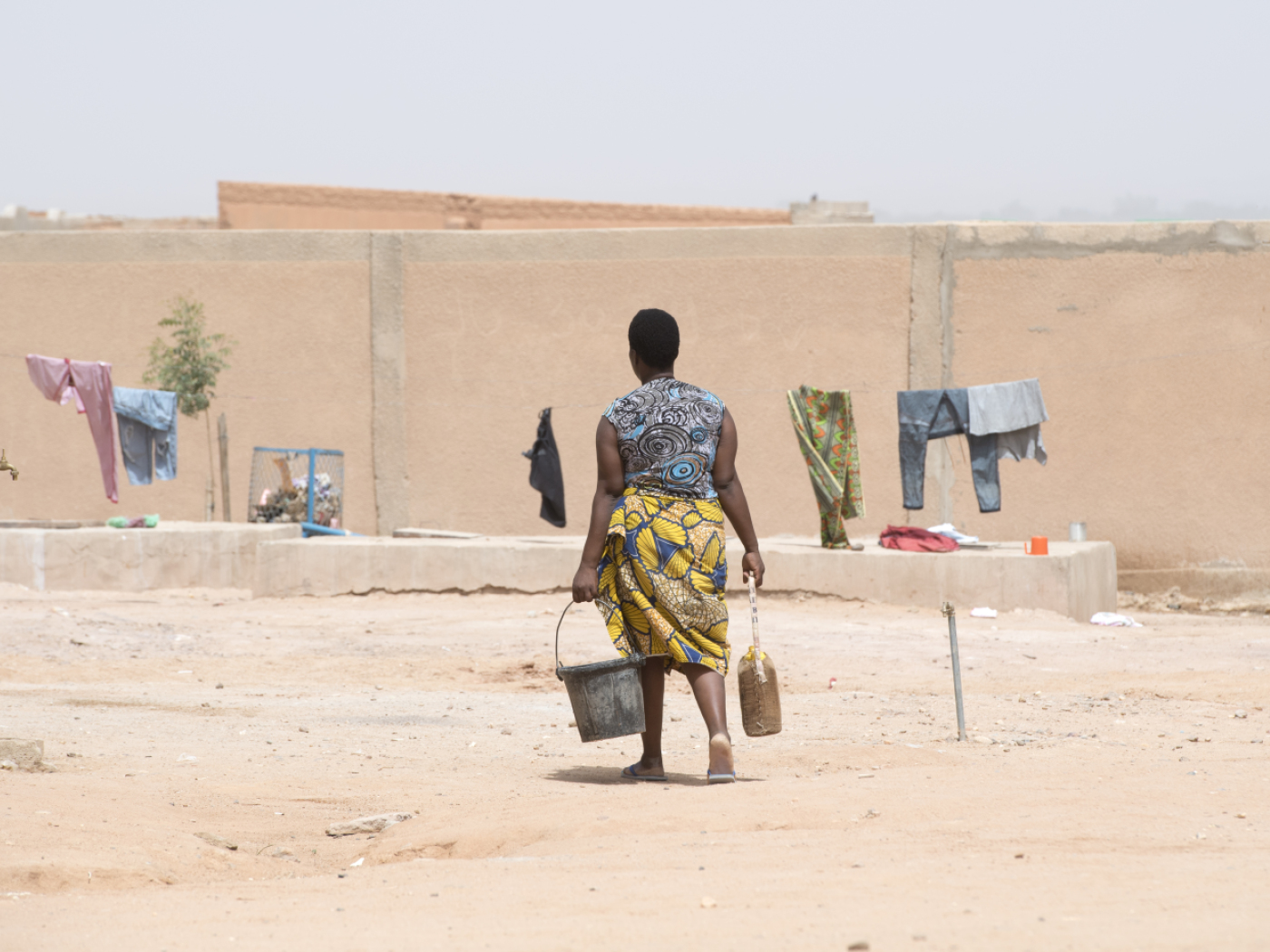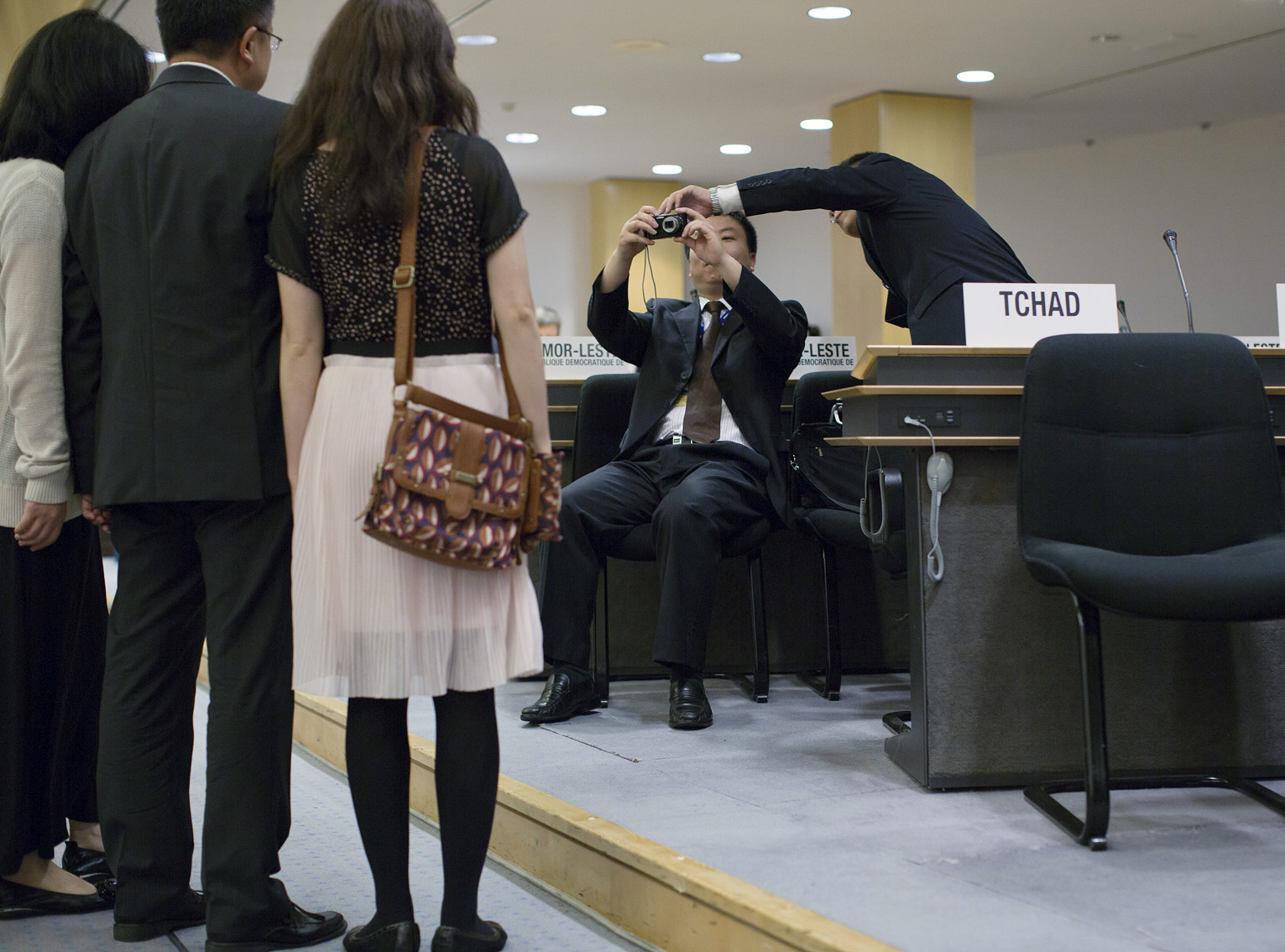Grumblings over Geneva UN complex makeover

United Nations officials have shared details of the renovation work due to begin next year on the sprawling and historic Palais des Nations complex in Geneva. Some staff are unhappy with the plans for a makeover into a modern operational UN hub.
Over the next eight years, the UN’s European headquarters, built in the 1930s, is set to be renovated at a cost of CHF836.5 million ($846.6 million) – half financed by interest-free loans from the Swiss Confederation and canton of Geneva.
“We are now in the implementation phase,” UNOG Director-General Michael Moller told UN staff at a Strategic Heritage PlanExternal link information meeting on Thursday. “We need to make the complex safer, more modern, greener and more efficient, reducing the amount of electricity and water we use and getting rid of lots of harmful materials.”
The grandiose exterior of the 80-year-old building, originally constructed to house the League of Nations, is in bad shape. It hides miles of leaky, rusted pipes and outdated wiring – which accounts for almost half of the renovation costs – and draughty windows. Conference systems date to the analogue era.
The building also needs to be properly adapted for people with disabilities and made safer to meet modern fire, health and safety standards.
Work is due to begin next year to modernise parts of the building, followed by the refurbishment of conference halls, such as the Assembly Hall, which features original 1930s paintings. Up-to-date conference systems will be installed, along with new mechanical and electrical systems, and historic furniture will be replaced.
A modern new building that blends into the undulating landscape will be built to the northeast of the complex to house 700 additional staff, mainly coming from the Office of the UN High Commissioner for Human Rights in Geneva, who are due to move in by 2023.
“We have been asked by member states to look at bringing more staff onto the compound [currently 2,800],” explained project assistant Andrew Martin. “It’s a recommitment by member states to Geneva. They realise the value of Geneva.”
The new diamond-shaped facility will feature airy lobbies, open space offices and modern-style meeting rooms, as well as spectacular views from the terraces and Wi-Fi inside and out.
‘Hot-desking’
But not everyone is happy with the renovations. UN Geneva staff members have criticised a lack of consultation over the project and the future use of open space and possible ‘hot-desking’ – ten staff for eight desks. They say the idea is being exported from the UN in New York, where it was a fiasco.
Last year, the UNOG Staff Coordination Council, representing 3,500 members, carried out a public survey of almost 1,000 Geneva staff. Only 4% said they were in favour of open space offices; most preferred individual or shared offices. They hoped management would listen closely to their concerns.
“The atmosphere is toxic,” declared one civil servant after the meeting. “They make this decision sound like it came from the staff, but we were never asked. It has been totally imposed on us. Most multinationals that introduced open space working environments have been going back on the decision.”
UN officials responsible for the plan say they do not intend to go as far as New York did with the hot desking, but that staff will probably have to live with the open space environments, a decision made by member states.
The Palais des Nations was built between 1929 and 1936. It is one of the most active centres for multilateral diplomacy in the world, comprising 34 conference rooms and hosting approximately 12,000 meetings per year for over 75,000 delegates and 100,000 visitors.

In compliance with the JTI standards
More: SWI swissinfo.ch certified by the Journalism Trust Initiative













You can find an overview of ongoing debates with our journalists here . Please join us!
If you want to start a conversation about a topic raised in this article or want to report factual errors, email us at english@swissinfo.ch.